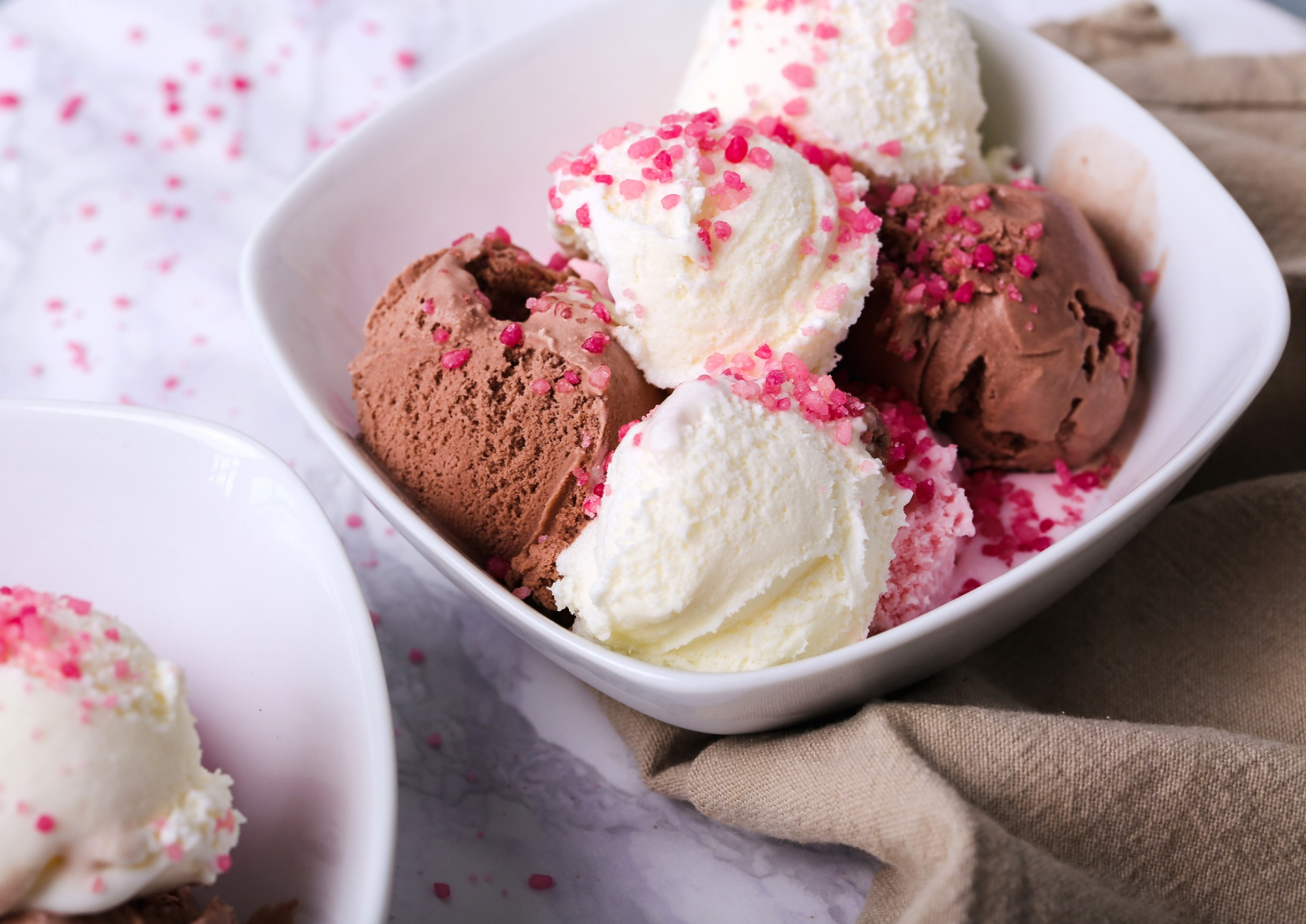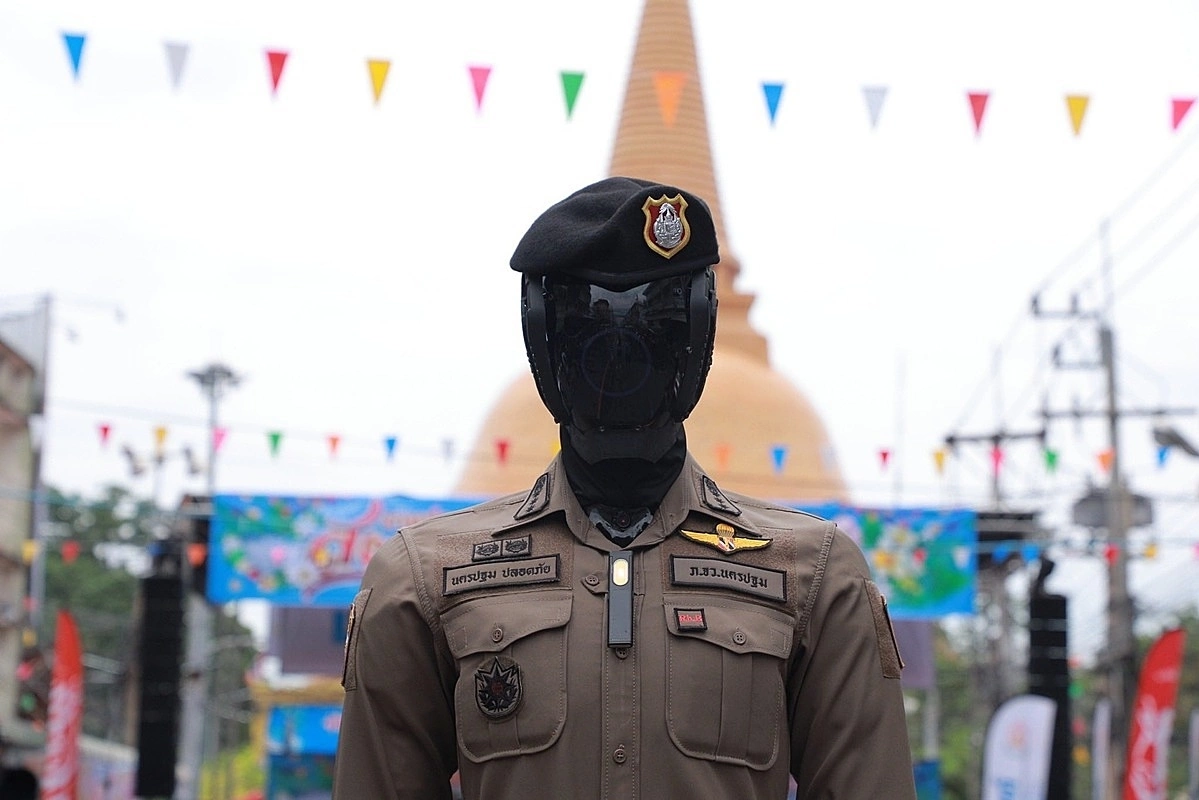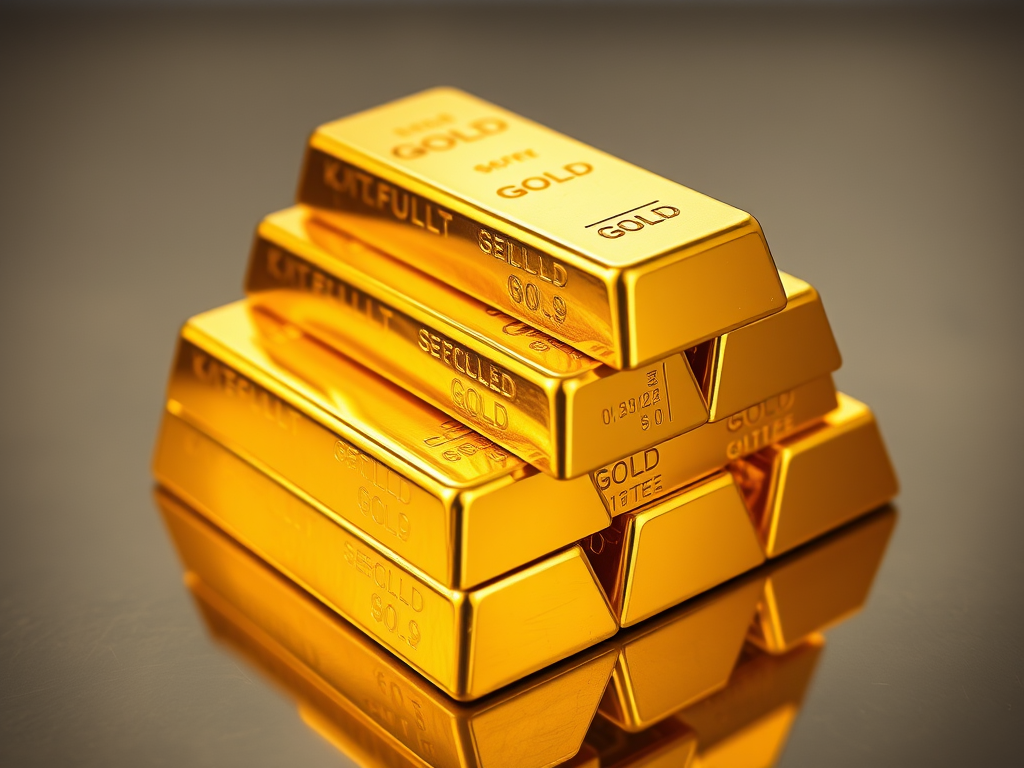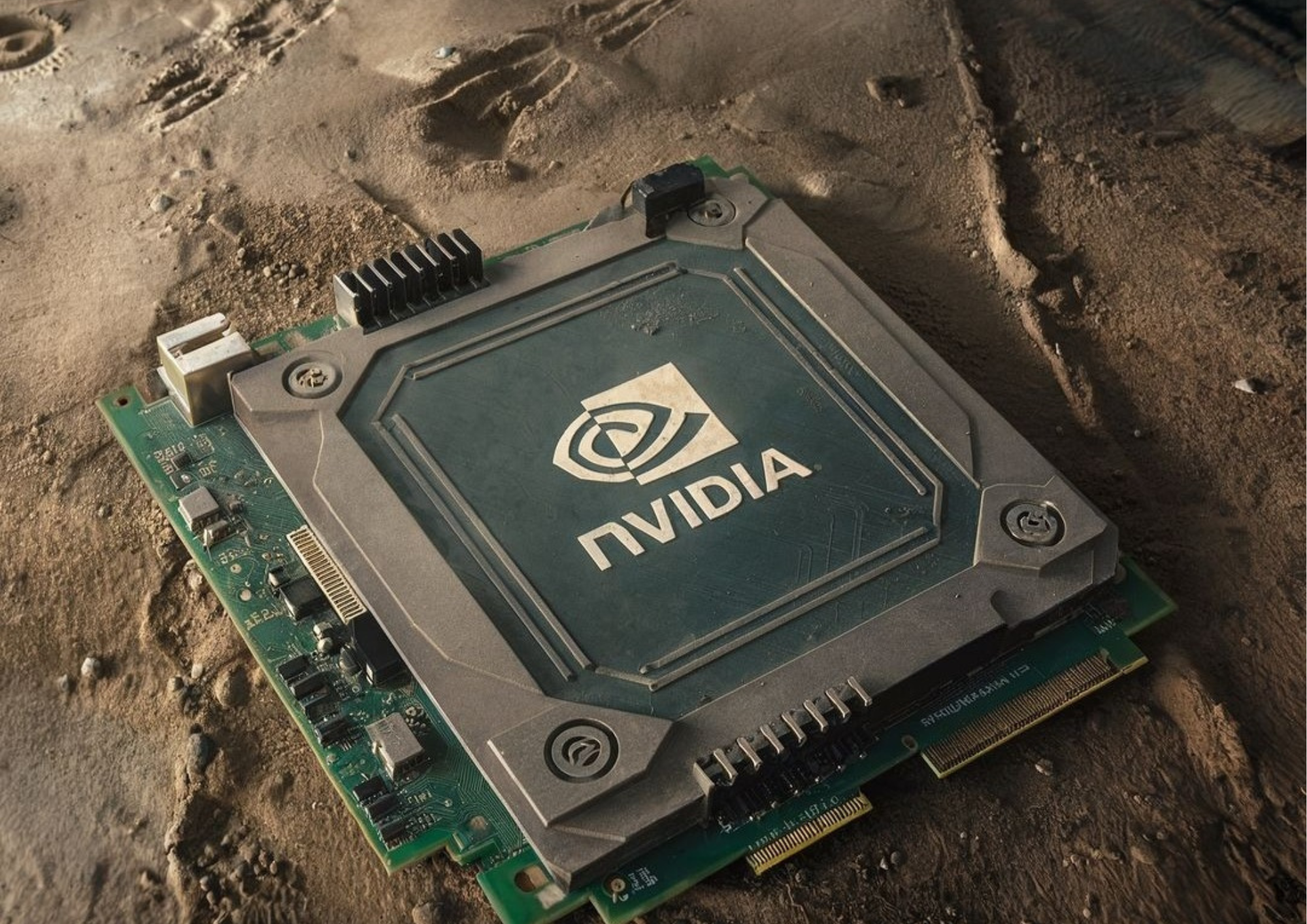Scientists Create the World’s First Ice Cream Made with Plastic

In a world increasingly concerned with sustainability and environmental impact, innovative solutions to plastic waste are more crucial than ever. One such groundbreaking development is the creation of the world’s first ice cream made from plastic waste. This remarkable achievement not only highlights the potential for scientific advancements in recycling but also sparks a broader conversation about the future of food production and environmental conservation.
The Genesis of the Idea
The concept of transforming plastic waste into edible products might sound like science fiction, but it is a reality thanks to the collaborative efforts of artist and designer Eleanora Ortolani and a team of scientists from the University of Edinburgh. Ortolani, a student at Central Saint Martins, was inspired by her frustration with the inefficacy of current recycling systems and the persistent problem of plastic pollution. Her project, aptly named “Guilty Flavors,” aims to challenge perceptions of plastic waste and explore innovative ways to address environmental issues.
The Science Behind the Innovation
The process of creating ice cream from plastic involves several complex scientific steps. The key lies in the metabolic power of bacteria and enzymes. Scientists have developed a method to break down polyethylene terephthalate (PET), a common type of plastic found in bottles, into its basic molecular components. This is achieved through the use of specially engineered bacteria that can digest PET and convert it into vanillin, the molecule responsible for the vanilla flavor.
Dr. Joanna Sadler, a biotechnologist at the University of Edinburgh, played a pivotal role in this research. Her team harnessed the capabilities of these bacteria to act as eco-friendly factories, breaking down the plastic and synthesizing vanillin. This innovative approach not only provides a solution for plastic waste but also opens up new possibilities for sustainable food production.
The Making of “Guilty Flavors”
Once the vanillin was synthesized from the plastic waste, it was used to create vanilla-flavored ice cream. Ortolani’s project, however, is not just about creating a novel food product. “Guilty Flavors” is an art installation designed to provoke thought and discussion about the environmental impact of plastic waste and the potential for innovative solutions.
The ice cream itself is not currently intended for human consumption. It serves as a symbolic representation of what could be possible with further research and development. The project underscores the importance of rigorous safety and regulatory processes before any such product could be made available to the public.
Implications for the Future
The creation of ice cream from plastic waste has far-reaching implications for both the food industry and environmental conservation. It demonstrates the potential for scientific advancements to address some of the most pressing issues of our time. By transforming plastic waste into valuable products, we can reduce the environmental impact of plastic pollution and move towards a more sustainable future.
Moreover, this innovation highlights the importance of interdisciplinary collaboration. The success of “Guilty Flavors” was made possible by the combined efforts of artists, designers, and scientists. This collaborative approach can serve as a model for future projects aimed at solving complex environmental problems




ri6rqw
g10o1m